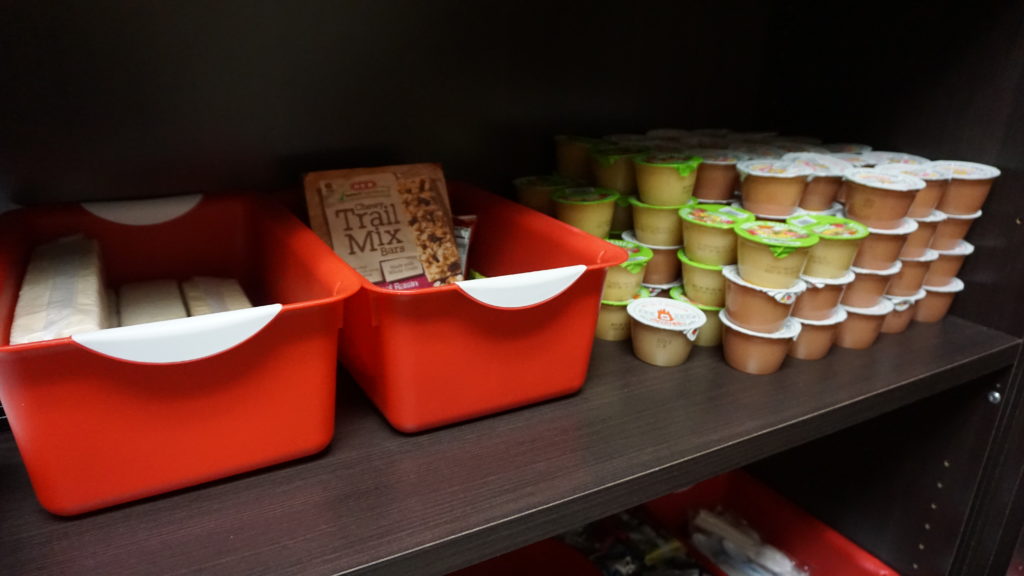In San Antonio, 25% of children live in food insecure homes.
These children do not know where their next meal will come from, thus they go to school hungry.
Research shows children who go to school hungry are more likely to make poorer grades and have mental health problems, which makes it extremely difficult to succeed academically, socially, and emotionally. This then impedes their path toward a successful adulthood and increases susceptibility to anemia, asthma, and other health conditions.
This is why Salud America!, a national-Latino focused organization based at UT Health San Antonio that creates and shares culturally relevant research and communications, created its School Food Pantry Action Pack. The Action Pack is a free online toolkit that provides information, material customizations, and technical assistance to help school personnel start a School Food Pantry at their campus or district.
To create the School Food Pantry Action Pack, Salud America! worked with Jenny Arredondo, nutrition director at San Antonio ISD, who started school food pantries on 10 campuses in 2017-18, and Texas State Representative Diego Bernal, who championed legislation to allow schools to set up food pantries.
A School Food Pantry can accept, store, and distribute donated and leftover food to students. A school can name a campus designee, such as a teacher, counselor or PTA member, as the designee of a third-party nonprofit, allowing the school to donate, receive, store, and redistribute the leftover food on campus at any time, under Texas law. Most foods are prepackaged drinks or foods, and uncut fruits and vegetables, allowing schools to meet local and state health codes.
With the Action Pack, you can start a School Food Pantry in four steps:
1. Start the Conversation. Use the model emails and talking points to talk to decision-makers about the need for School Food Pantries.
2. Build Support. Use the model letter campaign, handout, emails, and presentation to build support for your pantry.
3. Plan and Implement a Pantry. Use Salud America!‘s “Quick Guide” and real templates from San Antonio ISD—which implemented 10 School Food Pantries—to craft your own.
4. Promote Your Pantry. Use the printable signs and shareable social media graphics to alert students, parents, and the community to your big change.
The implementation of a School Food Pantry is just one example of improving access to nutritious options and reducing food insecurity, as these children and their families often live in poverty stricken neighborhoods with abundant fast food but little access to healthy fruits and vegetable options.
Want help starting a school food pantry at your school? Visit Salud.To/getapantry.

